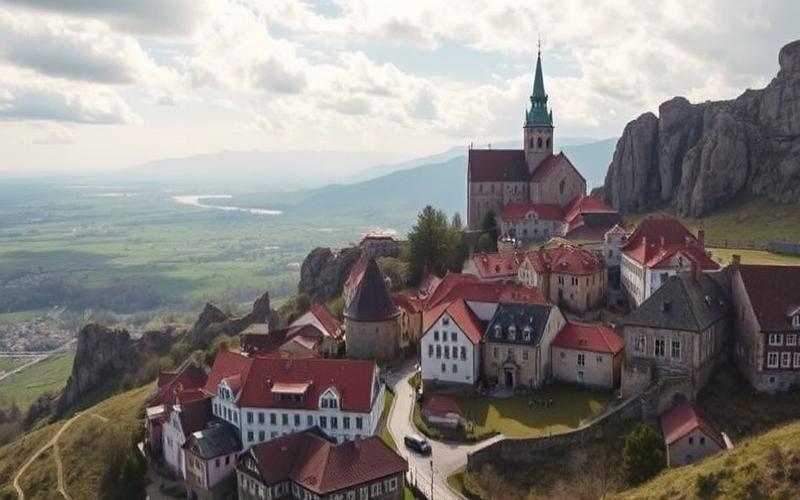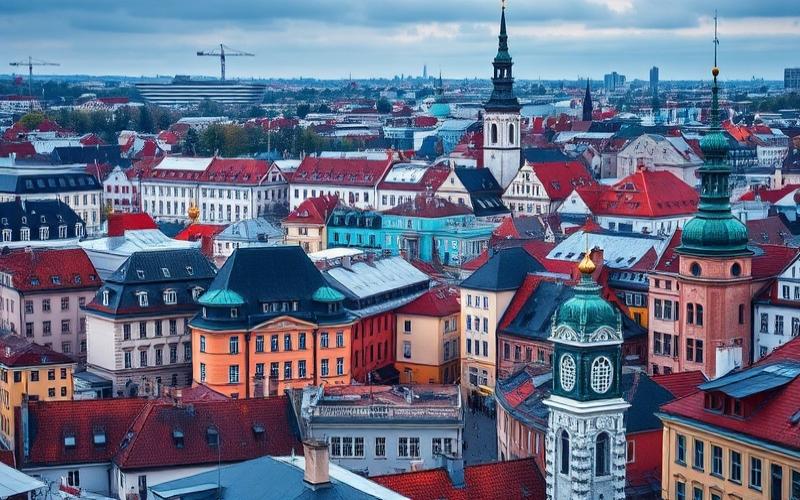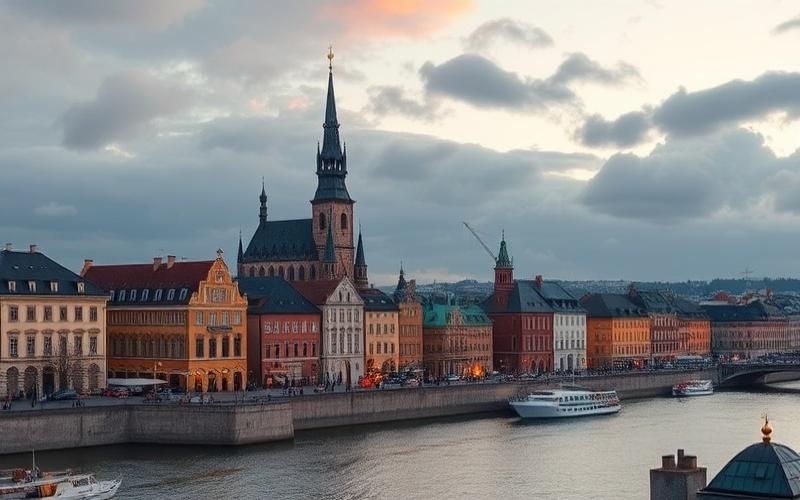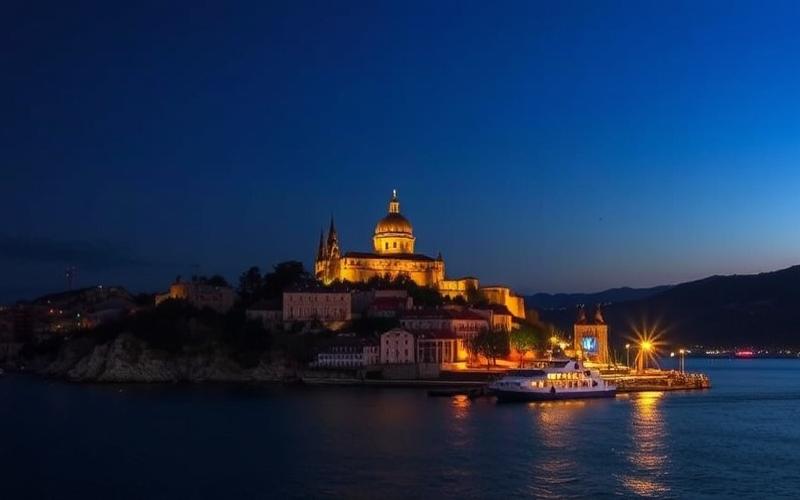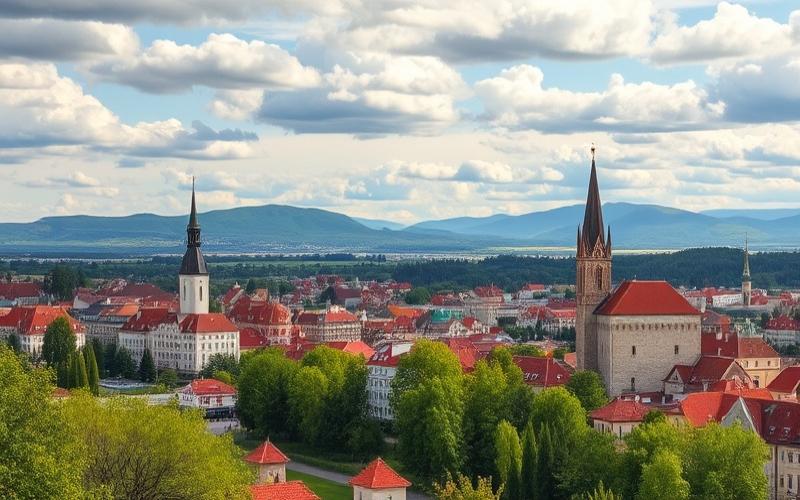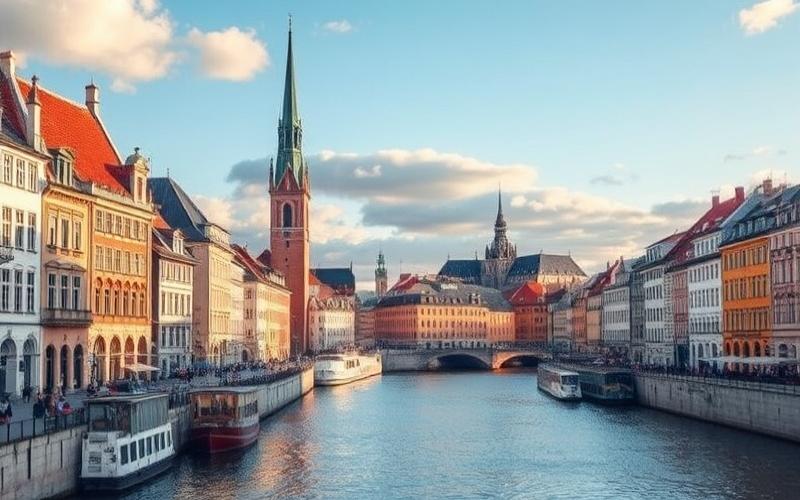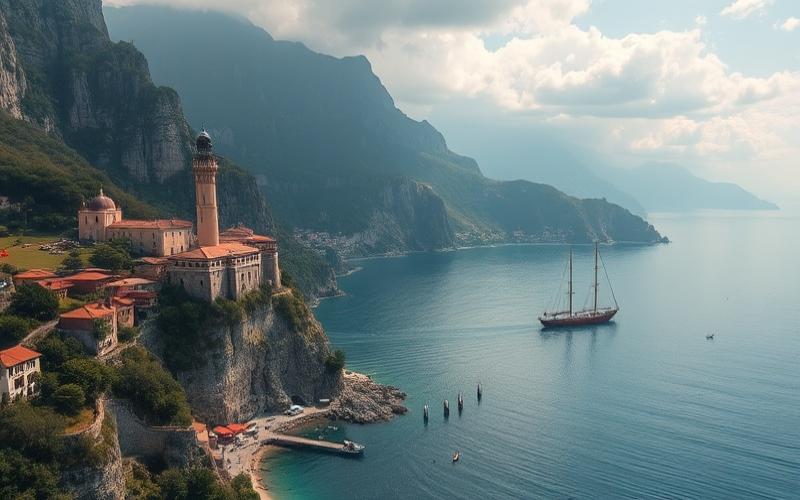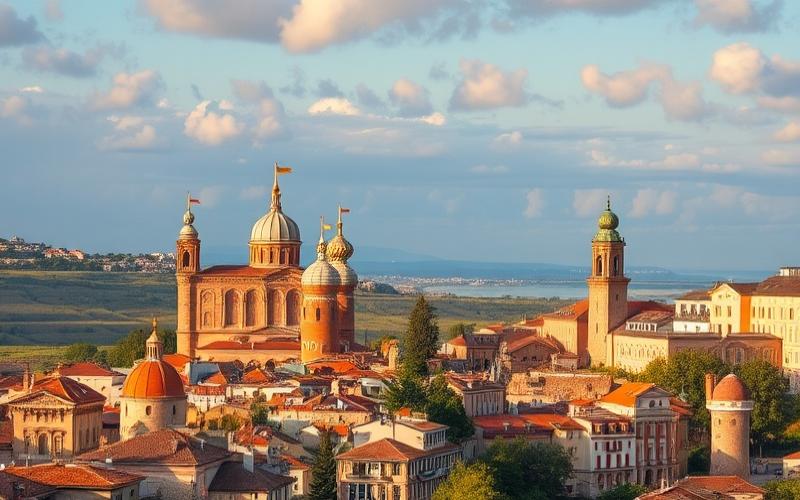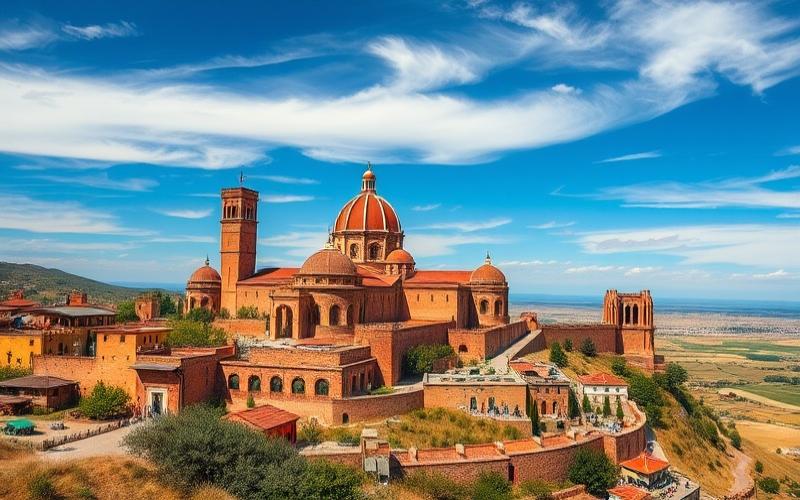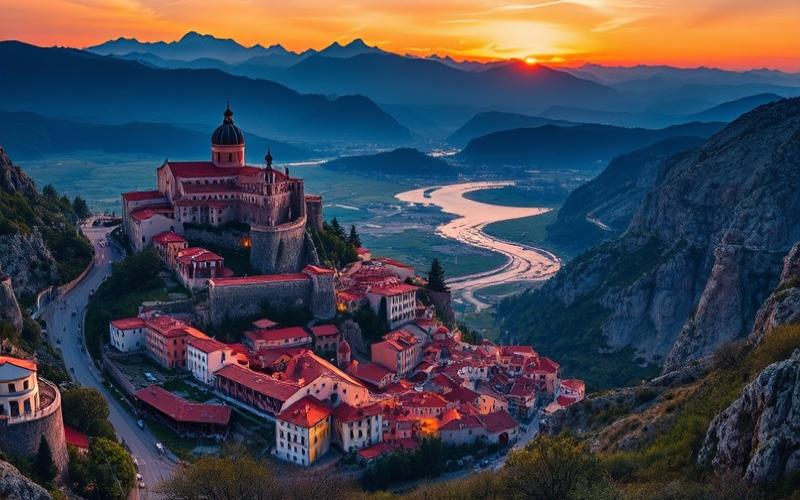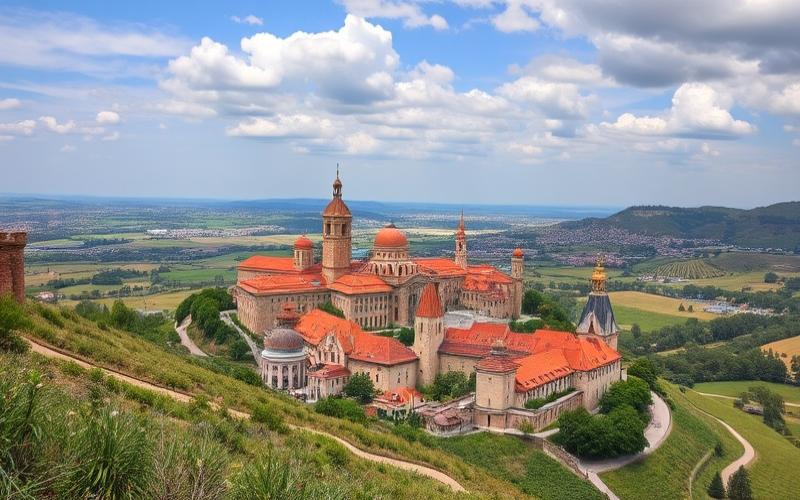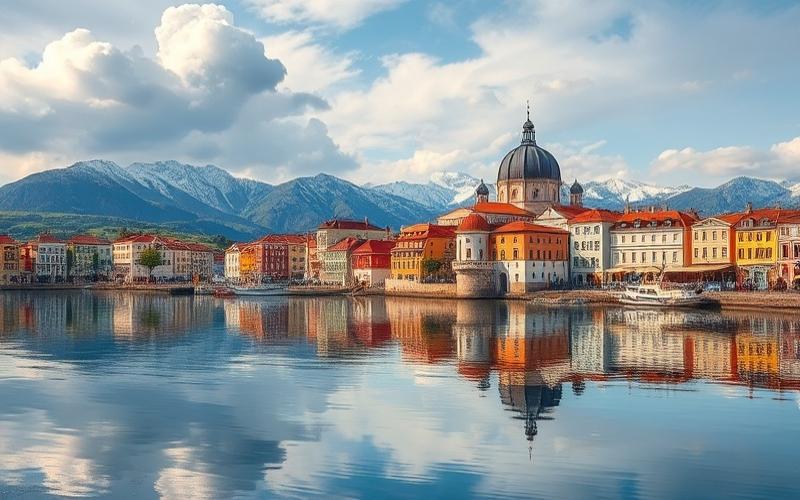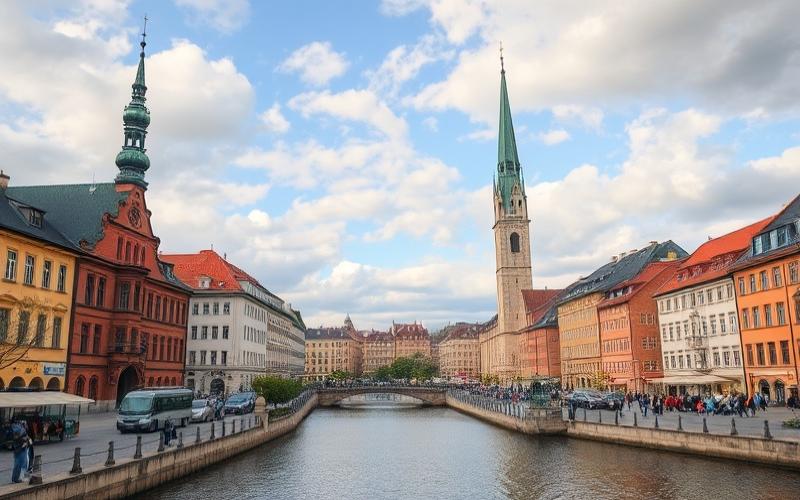
 Published on and written by Cyril Jarnias
Published on and written by Cyril Jarnias
Estonia, a small Baltic nation nestled along the Baltic Sea, boasts a rich and tumultuous history. From the early Finno-Ugric tribes to contemporary challenges, let’s explore the fascinating journey of this resilient nation that has preserved its identity through the centuries.
From Mysterious Origins to Early Invasions
The first inhabitants of Estonian territory were nomads who arrived approximately 10,500 years ago, shortly after the glaciers retreated. However, the direct ancestors of modern Estonians are believed to have arrived much later, during the 4th millennium BCE. These Finno-Ugric tribes brought with them comb pottery, characteristic of their culture.
Over the centuries, Estonia experienced numerous external influences. Scandinavian Vikings established trading posts along the Estonian coasts between the 9th and 10th centuries. Subsequently, Russian principalities attempted to extend their influence in the region during the 11th and 12th centuries.
Good to know:
Estonians are proud of their Finno-Ugric roots, which distinguish them culturally and linguistically from their Baltic and Slavic neighbors.
German Conquest and the Medieval Era
Estonia’s destiny shifted dramatically at the beginning of the 13th century with the arrival of Germanic crusaders. In 1217, the Sword Brothers, a military religious order, defeated the Estonian tribes at the Battle of St. Matthew’s Day. This defeat marked the beginning of foreign domination over Estonia.
The medieval period saw the emergence of a feudal society dominated by a German-speaking elite. Estonian cities, particularly Tallinn (then called Reval), prospered through their membership in the Hanseatic League. However, the majority of the Estonian population was reduced to serfdom.
Good to know:
Tallinn’s Old Town, with its medieval walls and churches, is now a UNESCO World Heritage site.
Between Rival Powers: Estonia at the Heart of European Conflicts
From the 16th to the 18th century, Estonia became a strategic stake for the great powers of the region. The country successively came under the rule of:
- Sweden (1561-1710): This period is often considered a relative “golden age,” with reforms favorable to peasants.
- Russia (1710-1918): The Tsarist Empire annexed Estonia after the Great Northern War, gradually strengthening its grip on the country.
Despite these changes in sovereignty, the German-speaking elite retained significant influence over Estonian society until the 19th century.
Good to know:
The University of Tartu, founded in 1632 under Swedish rule, remains Estonia’s most prestigious higher education institution today.
National Awakening and First Independence
The 19th century saw the emergence of an Estonian national movement. Intellectuals and artists worked to preserve and promote the Estonian language and culture. This “national awakening” culminated in the proclamation of independence on February 24, 1918, taking advantage of the collapse of the Russian and German empires.
The young Estonian republic had to fight to defend its independence. A War of Independence against Soviet forces and German Freikorps concluded with the Treaty of Tartu in 1920, which recognized Estonia’s sovereignty.
Good to know:
February 24th, Independence Day, is now Estonia’s national holiday, celebrated fervently throughout the country.
Soviet Occupation and Resistance
The regained freedom was short-lived. In 1940, the Soviet Union annexed Estonia under the German-Soviet Pact. This was followed by a dark period:
- 1941-1944: Nazi occupation
- 1944-1991: Forced reintegration into the USSR
Despite repression and deportations, Estonians never ceased to resist. In the 1980s, the independence movement regained momentum, culminating in the “Singing Revolution” and the restoration of independence on August 20, 1991.
Good to know:
The Estonian Song and Dance Festival, held every five years, is a powerful symbol of national identity and peaceful resistance to occupation.
Modern Estonia: Rebirth and European Integration
Since 1991, Estonia has undergone a remarkable transformation. The country quickly implemented economic and political reforms, decisively turning toward the West. This orientation materialized through:
- Joining NATO in 2004
- Entering the European Union the same year
- Adopting the euro in 2011
Today, Estonia is recognized as a leader in digital technology and innovation. The country has developed a pioneering e-government and positions itself as a “platform state” at the forefront of technology.
Good to know:
Estonia is the first country in the world to offer e-residency, allowing foreign entrepreneurs to create and manage an online business.
Challenges and Future Prospects
Despite its successes, Estonia faces several challenges:
- The presence of a significant Russian-speaking minority (approximately 25% of the population)
- Geopolitical tensions with neighboring Russia
- Demographic decline and an aging population
Nevertheless, Estonians face the future with confidence, drawing strength from their historical resilience and capacity for innovation.
Good to know:
Estonia is a staunch defender of multilateralism and cybersecurity on the international stage, drawing on its unique experience.
Disclaimer: The information provided on this website is for informational purposes only and does not constitute financial, legal, or professional advice. We encourage you to consult qualified experts before making any investment, real estate, or expatriation decisions. Although we strive to maintain up-to-date and accurate information, we do not guarantee the completeness, accuracy, or timeliness of the proposed content. As investment and expatriation involve risks, we disclaim any liability for potential losses or damages arising from the use of this site. Your use of this site confirms your acceptance of these terms and your understanding of the associated risks.

